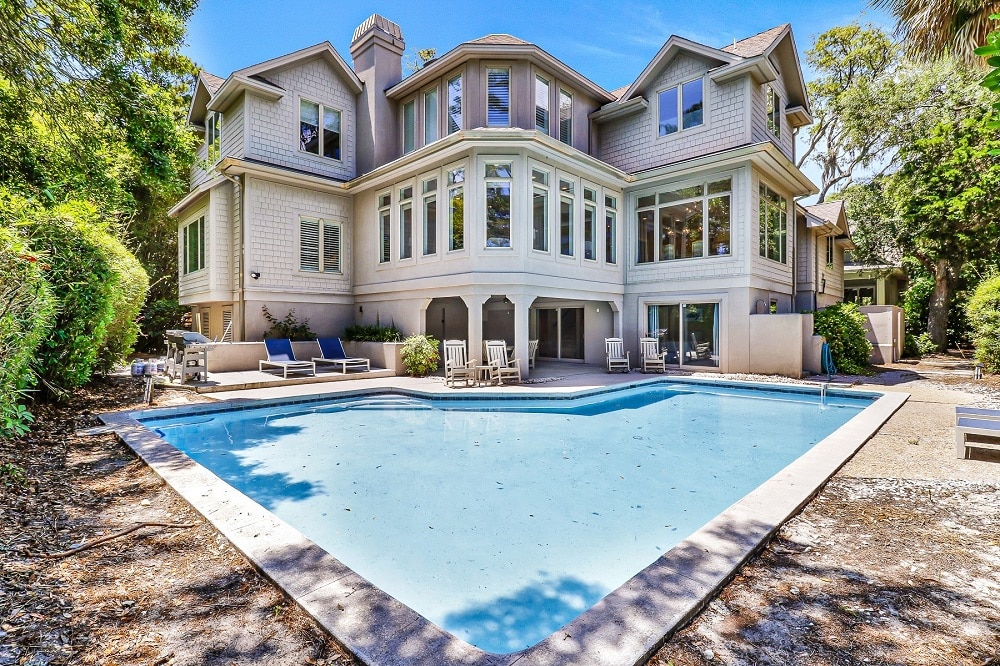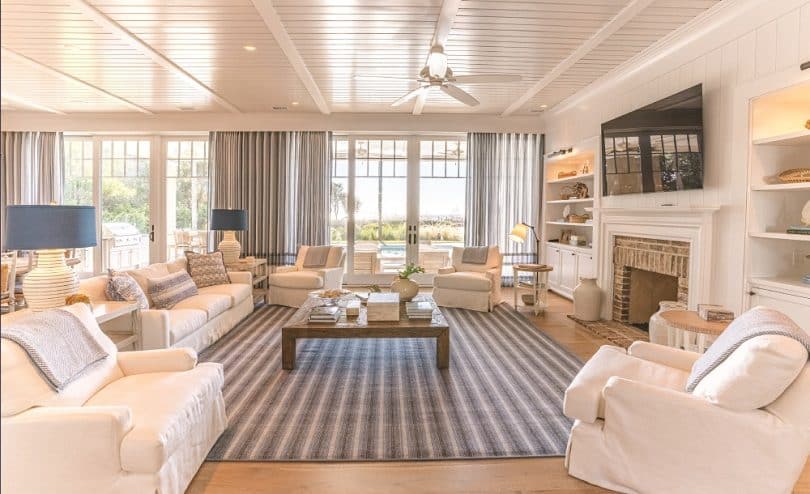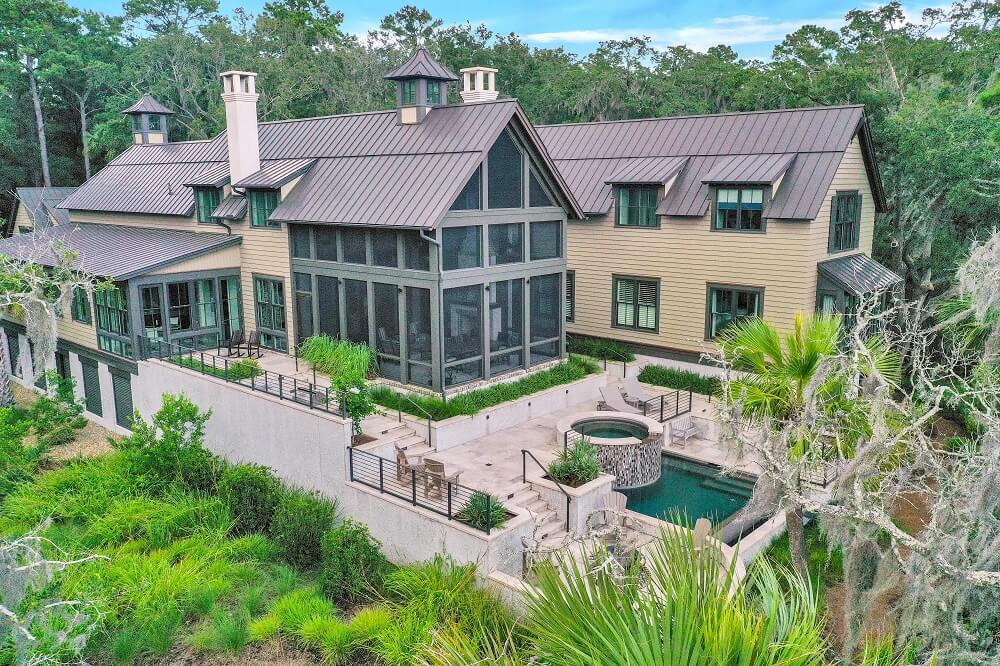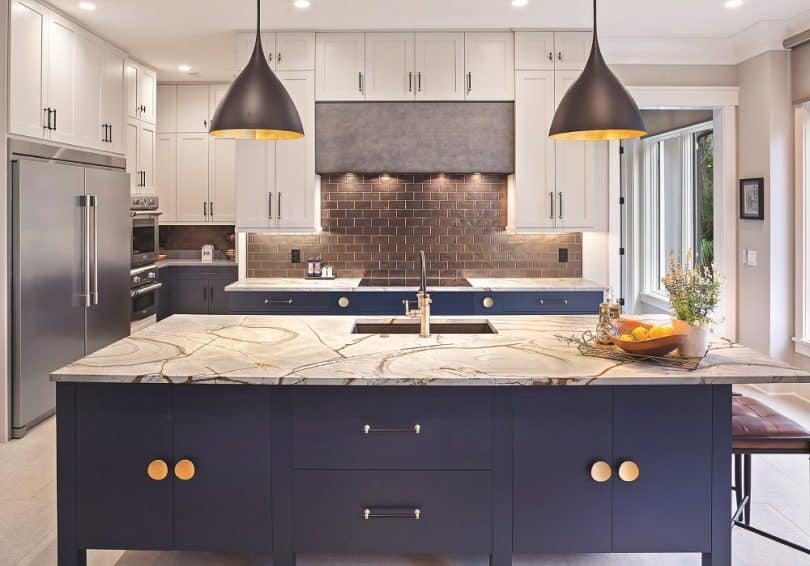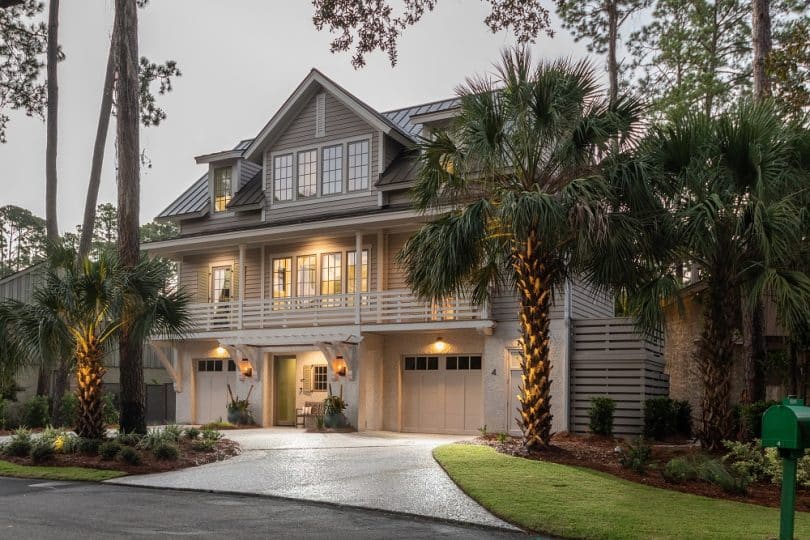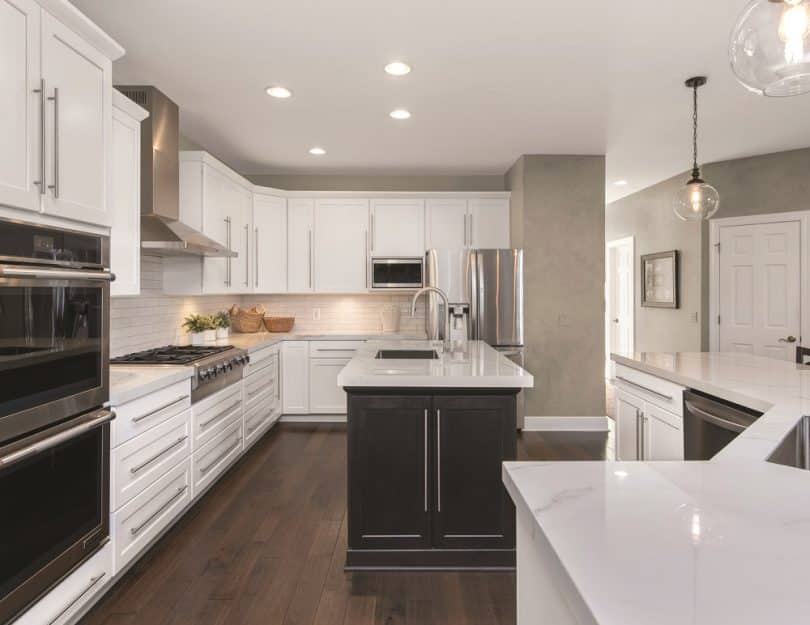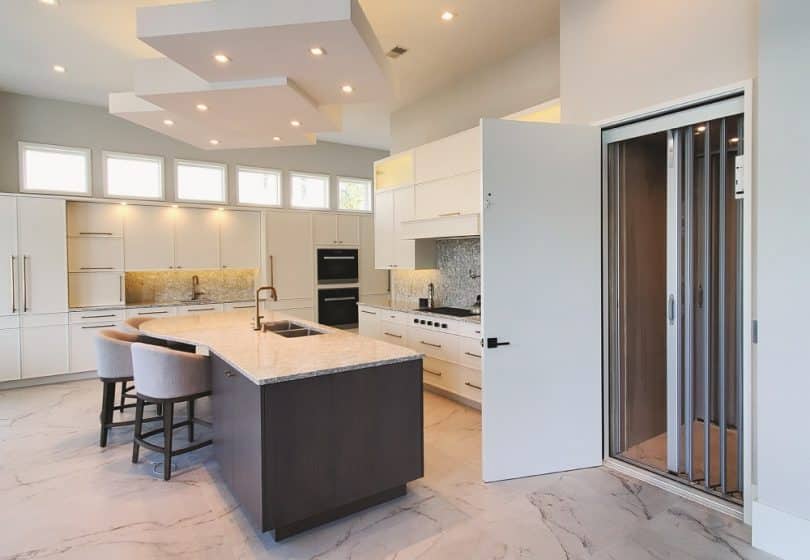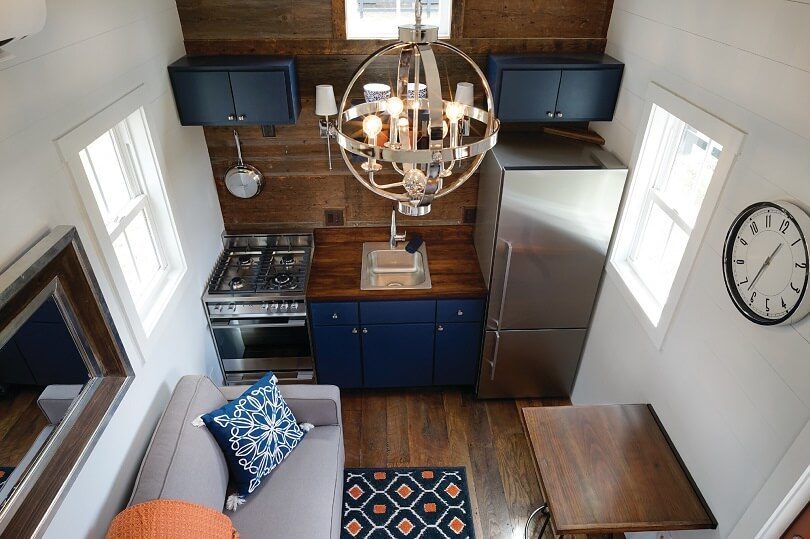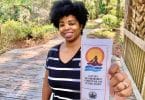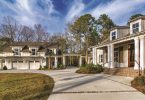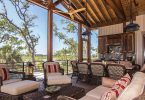WHY THE NEXT BIG THING IN HILTON HEAD ISLAND HOUSING MIGHT ALSO BE THE NEXT SMALL THING.
By Barry Kaufman
Photos Provided by New South Living, LLC
It’s been written off by some as a fad; as a way for millennials to buy into the American dream of home ownership without having to actually set down roots.
But make no mistake, the microhome concept is no fad. It’s an entirely new way of looking at the traditional home and paring it down to the bare essentials. And as Ben Kennedy of Brighton Builders is looking to prove, the appeal goes way beyond one generation. Microhomes can be for everyone, and he’s looking to demonstrate it not just through radical new designs, but for a ground-breaking new neighborhood concept that could revolutionize housing in the Lowcountry.
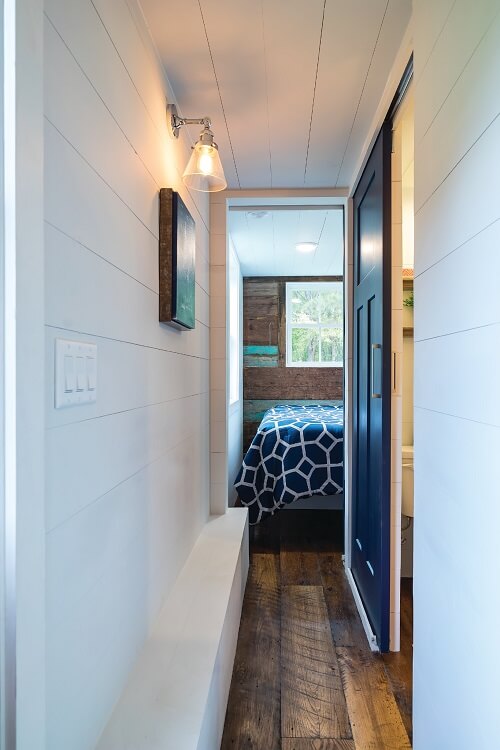
It’s all about a life change,” said Kennedy. “It’s not just millennials or even gen-Xers that are on board with this. Baby boomers are starting to catch on to this as well, as a means to attain financial freedom and reduce maintenance, allowing them to spend more time with family and friends.”
Thinking in Inches
Known more for their luxurious custom homes, Brighton Builders began its first foray in the microhome market following the floods that devastated South Carolina in 2015. Kennedy built a home specifically to be given as long-term relief to a family affected by the flood so they could then pass it on to another deserving family, creating what he calls “the gift that keeps on giving.” And now, Kennedy is seeing even more ways the microhome can change the world.
“The goal is to evolve microhomes into something bigger,” he said. The first order of business was to create a new kind of microhome that offers the same minimalist lifestyle as a “tiny home” but with a few added comforts. “When you’re building a home you think in feet, but we had to think in inches,” he said. “Space planning is crucial, and multi-function spaces are necessary.”
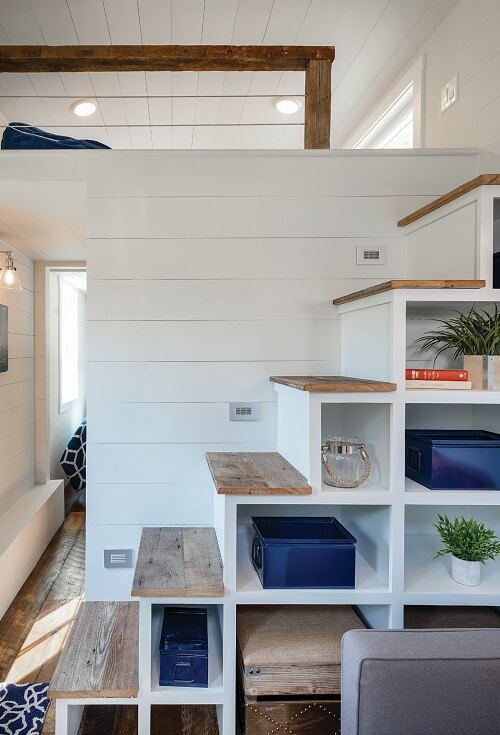
Thinking in inches, Kennedy was able to create something new in the microhome, devising a floor plan that caters to all generations by offering a first-floor master bedroom. Generally speaking, a microhome’s bedroom would be located in a loft above the main living space. By adding to the length of the house, Kennedy was able to create essentially a two-bedroom microhouse, with a master on the first floor and a loft.
“If you don’t have the spacing figured out, the plan won’t work,” he said. And while his microhome designs may change the concept of the tiny house, he’s not done there. Next Kennedy aims to reinvent the neighborhood.
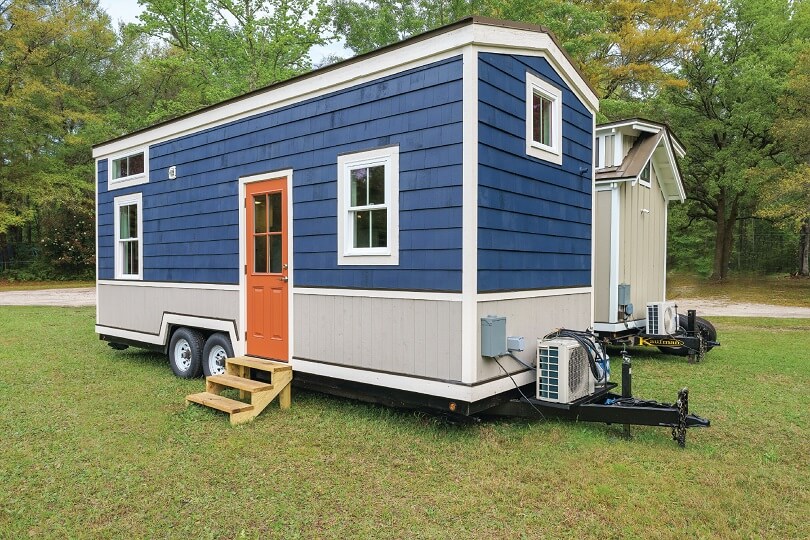
Welcome Home
The next phase of Kennedy’s tiny home plan, still in the planning stages, is to create an entire neighborhood of microhomes in the Lowcountry. To do this, Kennedy established a separate company, New South Living, LLC, to build and develop microhome communities. While he’s still scouting locations, Kennedy has a few in mind that would be perfect for a concept that could bring a fresh approach to the Lowcountry’s housing issues.
“It’s all about bringing the concept to life in the area. This will be the only one like it on the East Coast,” he said. “It’s similar to developing a new neighborhood, but for the microhome concept that has different amenities.”
The idea of creating an entirely new community made up of microhomes has already found traction out west, with communities popping up along the coast and in the Rockies. In fact, after thoroughly researching other microhome community concepts across the U.S., Kennedy found groups in Colorado who will collaborate with his team in this venture.
And it’s not just a gimmick. The microhome community concept solves a very real problem in the Lowcountry of adequate workforce housing that is both affordable and suitable for the shrinking acreage of available land. The advantages to the hospitality industry should be obvious, with a workforce that has to be bussed in daily, due to the lack of affordable housing options on the island.
And beyond giving Hilton Head Island’s workers a chance to live closer to work, there’s also the enormous potential for these homes in the short-term vacation rental market.
“We have a great opportunity to provide housing and economic development here,” said Kennedy. “The average dollar potentially turns over 6-7 times if spent in the county.”
While most micohomes sit on a trailer for ease of movement, homes in this new community will be fabricated in a facility on-site or nearby, then lowered onto foundations by a crane. And once it’s up and running, Kennedy is confident his huge vision for a tiny community will have an impact.
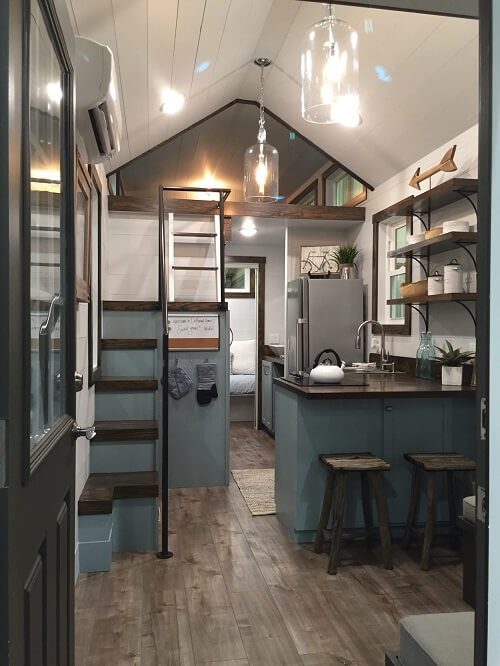
“People all over the U.S. are on board with the microhomes and are in search for a microhome community to call their own. They will come from all over the country just to be a part of it,” he said.

